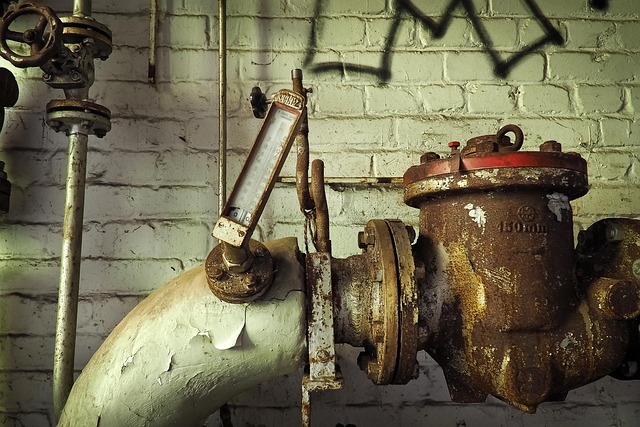Low water pressure in the shower is commonly caused by mineral buildup (hard water) in pipes and showerheads, outdated or faulty fittings, leaks, incorrect water heater settings, or partially closed valves. Prompt action is crucial due to the continuous impact of usage and hard water exposure. Solutions include cleaning with vinegar, using water softeners, inspecting and replacing old, corroded parts, and ensuring proper water heater settings to restore powerful shower performance.
Are you tired of your shower feeling like a dribble rather than a soothing deluge? You’re not alone. Low water pressure is a common issue, but understanding the causes—from aging pipes and mineral buildup to leaks and clogged aerators—is the first step to fixing it. This article explores the top reasons behind weak shower pressure and provides practical solutions to restore your flow, ensuring you can enjoy that revitalizing rinse again.
- Common Causes of Low Water Pressure in Showers
- – Aging pipes and fittings
- – Mineral buildup and hard water
Common Causes of Low Water Pressure in Showers

Low water pressure in your shower can be a frustrating experience, leaving you with a weak spray that lacks the vigor needed to fully rinse off. But what exactly are the causes behind this common issue? Several factors contribute to reduced water pressure, often affecting both hot and cold water streams.
One of the primary causes is a buildup of mineral deposits inside your pipes and showerheads over time. These deposits can narrow the pipe openings, restricting water flow. Another culprit could be an outdated or faulty showerhead with inefficient design or broken components. Leaks in the plumbing system, especially at fixtures like faucets and valves, can also lead to pressure loss due to the constant drip-drip-drip of escaping water. Moreover, issues with your water heater settings or a partially closed valve downstream might result in inadequate water pressure at the showerhead.
– Aging pipes and fittings

Low water pressure in your shower isn’t always a sign of a serious problem—it could be as simple as aging pipes and fittings. Over time, metal pipes and their connectors can corrode or scale up, restricting water flow. This is especially true for older homes with outdated plumbing systems. Even modern piping materials aren’t immune to the effects of mineral buildup, which can accumulate in the pipes and reducet water pressure, resulting in a weaker shower.
If your home is on the older side, it’s wise to inspect your pipes and fittings regularly for any signs of corrosion or damage. Replace old, rusty components with new ones designed to withstand mineral deposits and ensure optimal water flow. This simple step can significantly improve your shower experience, giving you the powerful rinse you deserve after a long day.
– Mineral buildup and hard water

Many homeowners often wonder why their once powerful shower has become a mere trickle. One common culprit behind this dilemma is mineral buildup and hard water, which can significantly reduce water pressure over time. Hard water contains higher levels of minerals like calcium and magnesium, causing these substances to accumulate on your showerhead and pipes. This buildup acts as a barrier, restricting the flow of water and creating the sensation of weak or low-pressure water.
The mineral deposits can narrow the nozzles and tubes, leading to reduced water velocity. Regular use and exposure to hard water accelerate this process, making it essential to address the issue promptly. Fortunately, there are simple solutions to restore your shower’s power. Regular cleaning with a vinegar solution or using water softeners can help prevent buildup, ensuring a stronger and more enjoyable shower experience.
Whether due to aging pipes or mineral buildup, low water pressure can be a frustrating issue. However, identifying the root cause is the first step towards fixing it. By understanding the common causes of low water pressure in showers, such as hard water and aging fixtures, you can take targeted actions to restore your shower’s strength. Don’t let weak flows dampen your spirits—with some simple adjustments, you can transform your daily routine into a refreshing experience once again.
